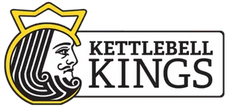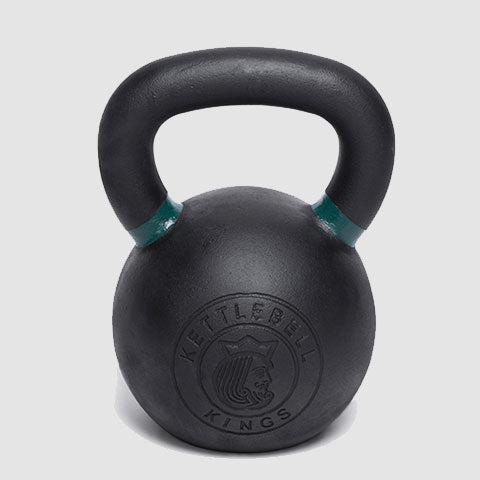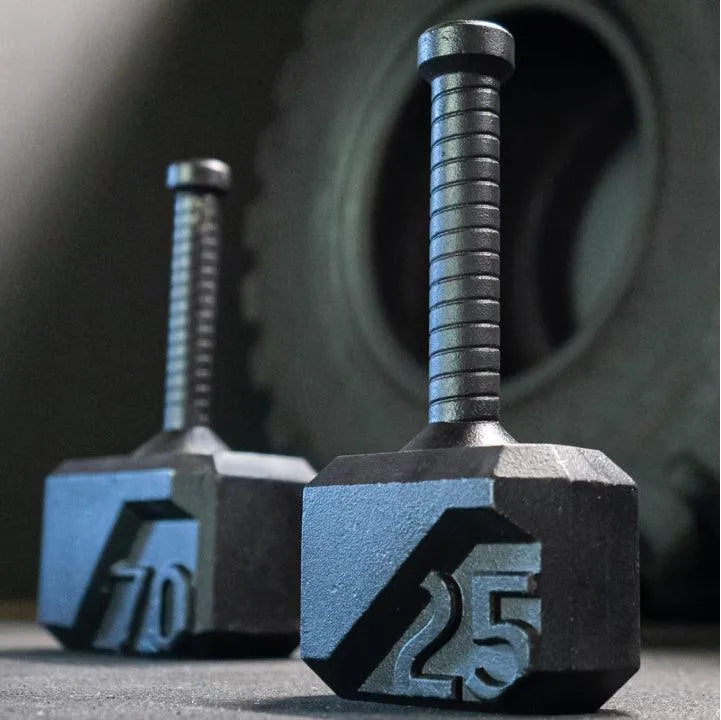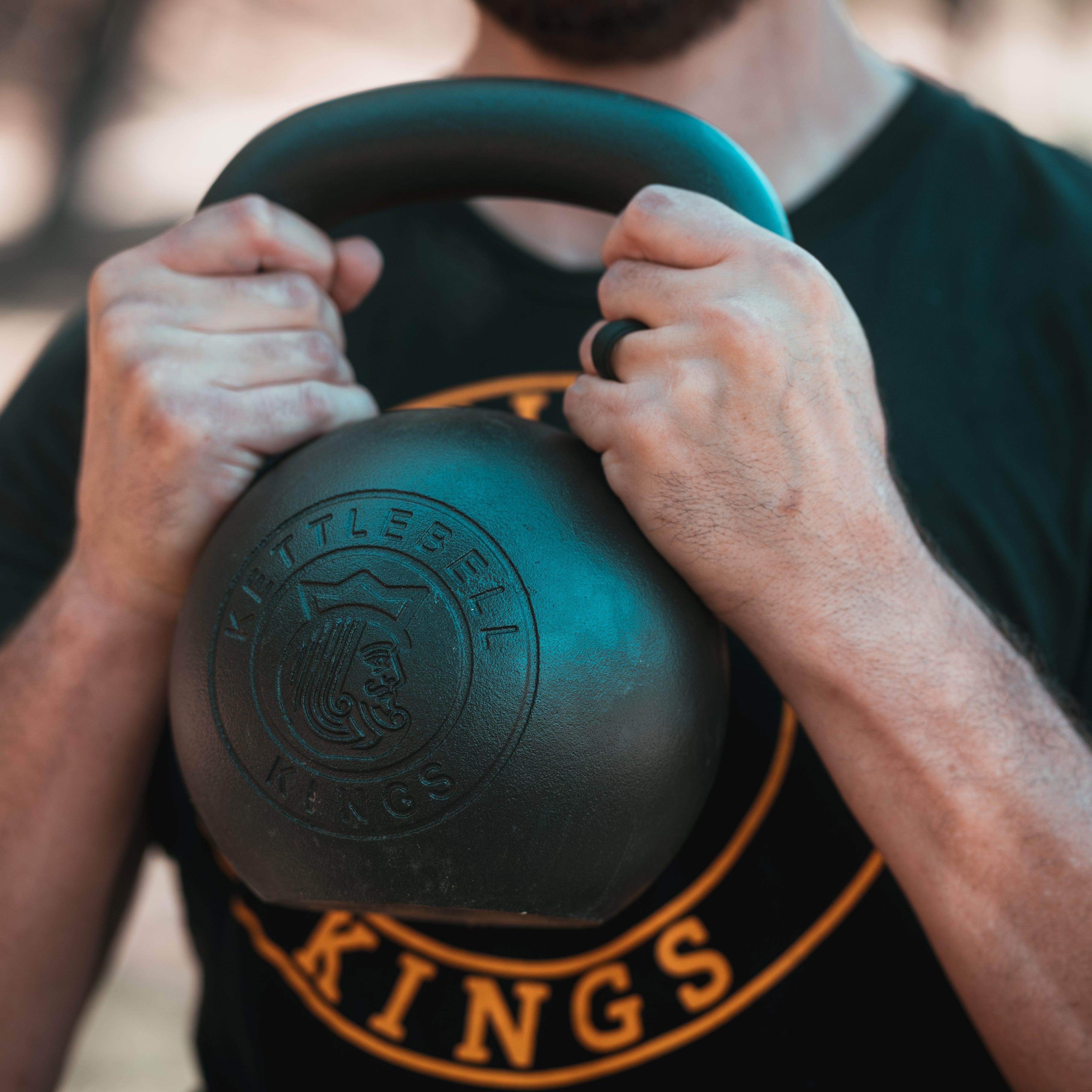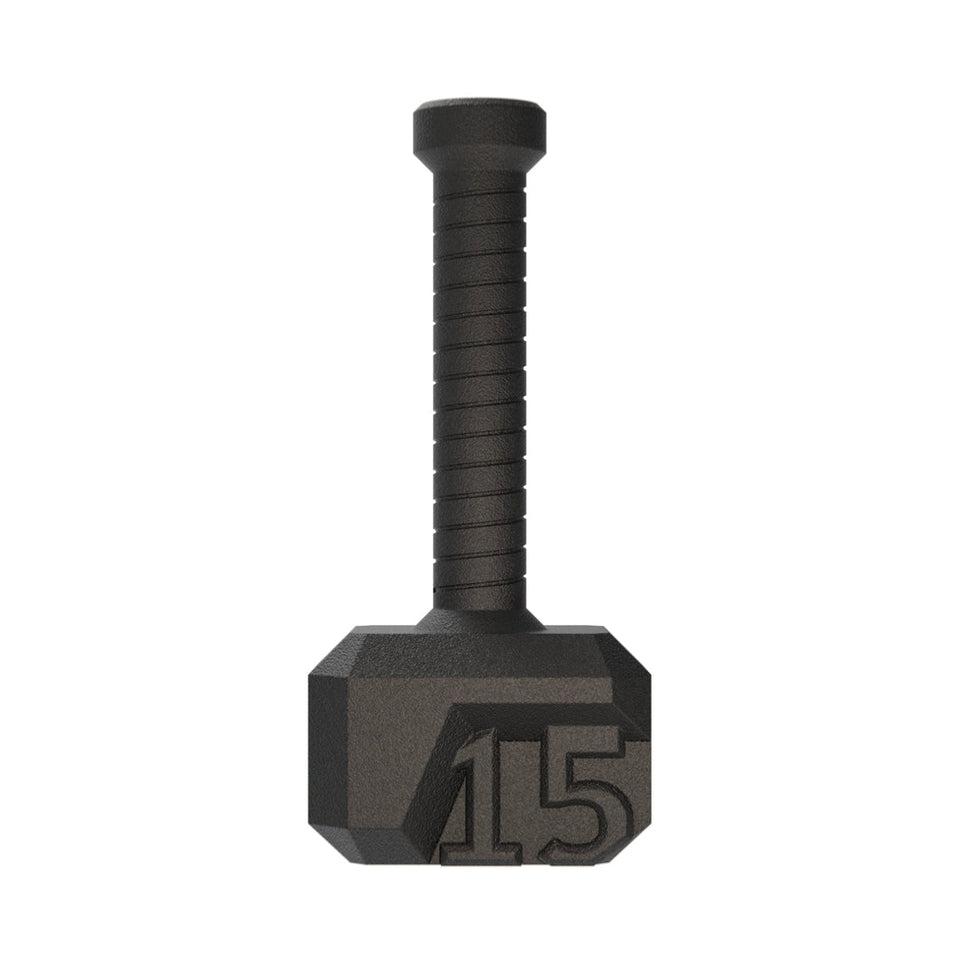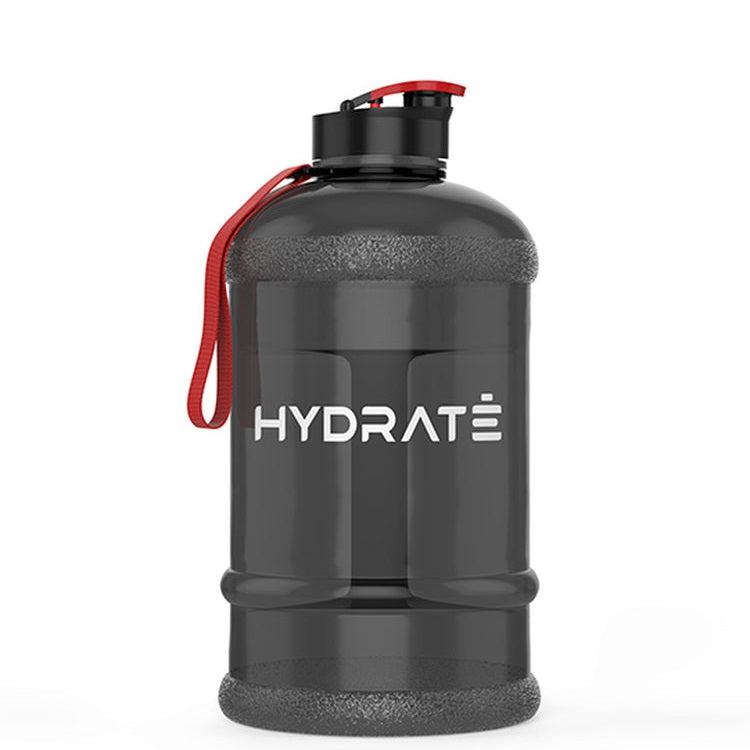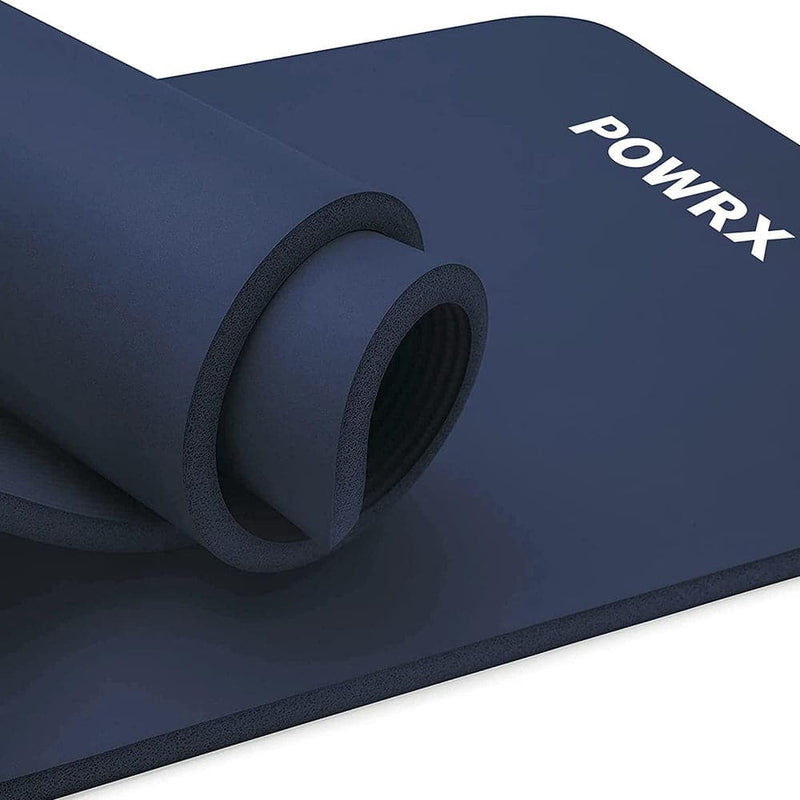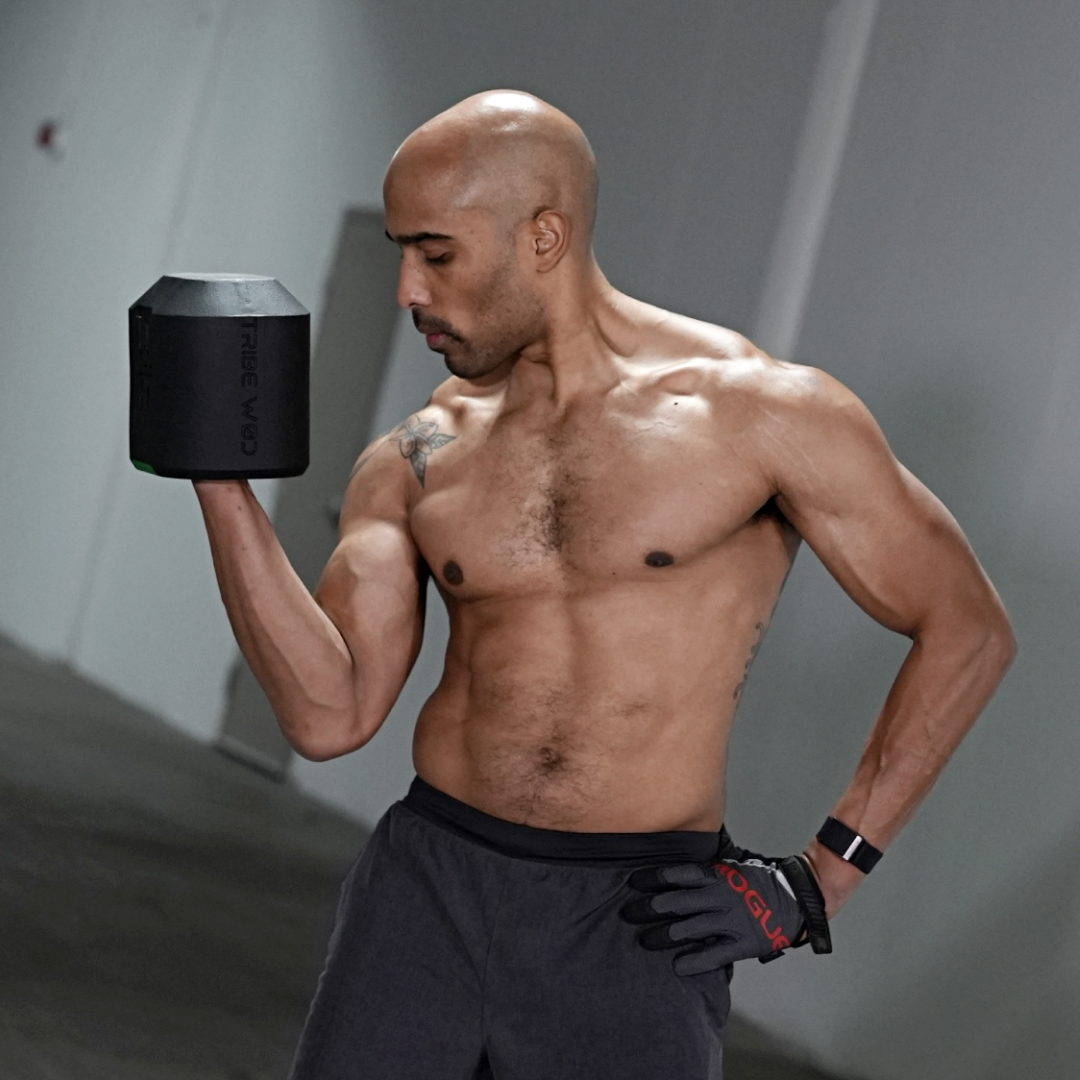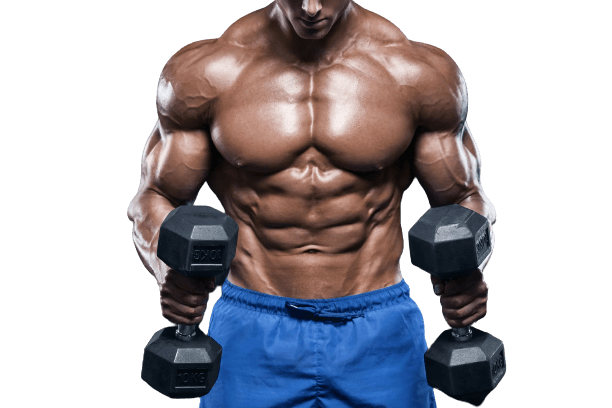Kettlebells have gained tremendous popularity in recent years, finding their way into both home and commercial gyms. These versatile tools provide an efficient way to enhance strength, agility, and overall fitness. As a fitness trainer, it's essential to understand the optimal number of kettlebells required for different workout scenarios, considering the needs of various fitness levels. In this comprehensive guide, we'll explore the factors influencing the number of kettlebells, provide insights into the benefits of using one or two kettlebells, and present a range of exercises tailored to different skill levels.
Understanding the Factors Deciding Number of Kettlebells Needs?
The number of kettlebells needed for effective training hinges on several crucial factors. Fitness trainers must consider the type of workout, the user's experience level, the workout environment, and the user's strength. This assessment is vital to tailor the kettlebell regimen for optimal results.
Mastering the Basics at Beginner Fitness Levels
For clients new to kettlebell training, starting with a single kettlebell is the recommended approach. This allows beginners to focus on mastering proper form, building core strength, and understanding the fundamental movements. Essential exercises like kettlebell swings, squats, and windmills can be efficiently performed using a single kettlebell. The initial focus should be on achieving correct techniques to prevent injuries and ensure long-term progress.
Progression for Intermediate Users with Second Kettlebell
As clients become more comfortable with the basic movements and demonstrate adequate form, fitness trainers can consider introducing a second kettlebell. This transition allows for the incorporation of alternative exercises, adding variety and complexity to the workout routine. Intermediate users can benefit from dual kettlebell training by engaging more muscles and challenging their balance and stability.
Unlocking the Power of Two Kettlebells for Advanced Users
For more experienced clients, the benefits of using two kettlebells become evident. Dual kettlebell training provides an opportunity to see substantial gains in strength and overall fitness. The increased load demands greater focus, control, and coordination, making it a valuable addition to an advanced workout regimen.
Benefits of Single Kettlebell Workouts
Single kettlebell training offers numerous advantages, particularly for beginners and individuals looking to improve core strength and stability. The focus on form, coupled with a moderate load, ensures that clients build a solid foundation before progressing to more challenging exercises. Additionally, single kettlebell workouts are efficient and versatile, targeting various muscle groups.
Effective Single Kettlebell Exercises
Kettlebell Swing
How To Perform the Kettlebell Swing
- Begin with the kettlebell on the ground slightly in front of you.
- Stand with your feet shoulder-width apart, knees slightly bent, and hinge at the hips to grasp the kettlebell handle.
- Swing the kettlebell back between your legs, then powerfully extend your hips and legs, swinging the kettlebell forward to shoulder height.
- Let the kettlebell swing back down between your legs and repeat the motion.
Muscles Targeted
The kettlebell swing primarily targets the posterior chain muscles, including the glutes, hamstrings, and lower back. It also engages the core, shoulders, and grip.
Benefits of Kettlebell Swing
The kettlebell swing is a dynamic, full-body exercise that improves explosive power, cardiovascular endurance, and overall strength. It's an excellent way to develop a strong posterior chain and enhance functional fitness.
Goblet Squat
How To Perform the Goblet Squat
- Hold the kettlebell close to your chest with both hands, keeping your elbows close to your body.
- Stand with your feet shoulder-width apart.
- Lower your body into a squat, keeping your chest up and your back straight.
- Push through your heels to return to the starting position.
Muscles Targeted
The goblet squat primarily targets the quads, glutes, and core muscles. It also works the upper back and helps improve posture.
Benefits of Goblet Squat
The goblet squat is an excellent exercise for building lower body strength and improving squat mechanics. It's a safer alternative for beginners to learn proper squat form before progressing to heavier weights.
Kettlebell Halo
How to Perform the Kettlebell Halo
- Hold the kettlebell close to your chest, elbows tucked in.
- Stand with feet shoulder-width apart.
- Move the kettlebell around your head in a controlled halo motion.
- Complete the movement, maintaining proper form.
Muscles Targeted
The Kettlebell Halo primarily targets the core muscles for stability and the shoulders for controlled movement. It also engages the upper back muscles to maintain posture.
Benefits of the Kettlebell Halo
- Improved Shoulder Mobility: Enhance flexibility and mobility in the shoulder joints, aiding in daily activities and upper body function.
- Core Strength: Strengthen core muscles for stability during the exercise, leading to better posture and reduced risk of injury.
- Upper Back Activation: Engage upper back muscles, promoting posture and reducing the likelihood of shoulder issues.
- Functional Warm-up: Use the halo as a warm-up to activate muscles before intense workouts, preparing the body for movement.
- Beginner-Friendly: Safe for beginners to learn kettlebell handling and form, making it a great introduction to kettlebell training.
Kettlebell Slingshot
How to Perform the Kettlebell Slingshot
- Hold the kettlebell with one hand, arms extended.
- Swing the kettlebell around your waist, passing it to the other hand.
- Keep the motion smooth and controlled.
- Repeat the slingshot movement, alternating hands.
Muscles Targeted
The Kettlebell Slingshot primarily targets the core muscles, obliques, and back. It also engages the shoulders, forearms, and grip strength for controlled rotation.
Benefits of the Kettlebell Slingshot
- Core and Oblique Activation: Strengthen and tone the core and oblique muscles, improving stability and balance.
- Improved Grip Strength: Enhance grip strength due to the kettlebell's rotational nature, beneficial for various daily activities.
- Functional Movement: Promote flexibility and coordination of upper body muscles, essential for dynamic movements.
- Back and Shoulder Support: Engage upper back muscles, contributing to better posture and reducing the risk of shoulder issues.
- Variety in Training: Add diversity to your workout routine while working multiple muscle groups, making it an effective warm-up or part of full-body routines.
Turkish Get-up
How to Perform the Turkish Get-Up
- Lie on your back, holding the kettlebell with one hand, arm extended, and the kettlebell above your shoulder.
- Bend the knee on the same side as the kettlebell, placing your foot flat on the ground.
- Push through the grounded arm, lifting your upper body, then move into a kneeling position.
- Stand up while keeping the kettlebell overhead, then reverse the movements to return to the starting position.
Muscles Targeted
The Turkish Get-Up targets a wide range of muscles, including the shoulders, core, glutes, legs, and back. It also engages stabilizer muscles due to the complex, controlled movement.
Benefits of the Turkish Get-Up
- Full-Body Strength: The Turkish Get-Up is a comprehensive exercise that builds functional strength in multiple muscle groups.
- Joint Stability: The intricate movement enhances joint stability and improves overall mobility.
- Improved Coordination: This exercise requires coordination between the upper and lower body, enhancing mind-muscle connection.
- Core Activation: The core works continuously to stabilize the body throughout the movement, leading to a stronger core.
- Functional Fitness: The Turkish Get-Up mimics real-life movements, making it valuable for daily activities and sports performance.
- Injury Prevention: Strengthening stabilizing muscles and enhancing overall body control can help prevent injuries, particularly in the shoulders and core.
These foundational exercises allow beginners to build a solid foundation before progressing to more challenging movements.
Unlocking the Power of Two Kettlebells
For clients seeking advanced challenges, incorporating two kettlebells provides a unique set of benefits. The balanced distribution of weight engages more muscle groups simultaneously, making the workout even more effective. The increased load demands greater strength and endurance, helping users push their limits.

Effective Dual Kettlebell Exercises
Double Kettlebell Clean & Press
How To do Kettlebell Clean and press
- Begin with a kettlebell in each hand on the ground between your feet.
- Hinge at the hips and bend your knees to grab the kettlebell handles.
- Explosively extend your hips and legs to lift the kettlebells off the ground.
- As the kettlebells rise, catch them at shoulder height.
- Press the kettlebells overhead, fully extending your arms.
- Lower the kettlebells back to the shoulder height position, and then return them to the ground.
Muscles Targeted
The double kettlebell clean & press is a total-body exercise that targets the shoulders, upper back, triceps, core, and legs. It also improves grip strength and coordination.
Benefits of Kettlebell Clean & Press
The clean & press is an effective way to build upper body strength and enhance overall power. Using two kettlebells increases the challenge, leading to greater muscle activation and improved muscle definition.
Two Kettlebell Front Rack Squat
How To Do Two Kettlebell Front Rack Squat
- Hold a kettlebell in each hand at shoulder height, with your palms facing each other and your elbows pointed downward.
- Stand with your feet shoulder-width apart.
- Lower your body into a squat, keeping the kettlebells in the front rack position.
- Push through your heels to return to the starting position.
Muscles Targeted
The two kettlebell front rack squat targets the quads, glutes, core, upper back, and shoulders. It's a compound exercise that works multiple muscle groups simultaneously.
Benefits of Two Kettlebell Front Rack Squat
The front rack squat is an excellent way to build lower body strength, improve core stability, and enhance overall functional strength. Using two kettlebells adds an element of challenge and helps users develop greater coordination.
Kettlebell Double Windmill Up
How to Perform the Kettlebell Double Windmill Up
- Hold a kettlebell in each hand, arms extended overhead.
- Stand with feet shoulder-width apart.
- Lower one kettlebell down to the side while keeping the other raised.
- Rotate your torso as you bend at the hips, then return to the starting position.
- Repeat the movement, alternating sides.
Muscles Targeted
The Kettlebell Double Windmill Up targets the core, shoulders, obliques, and legs. It also engages the back muscles for stability during the movement.
Benefits of the Kettlebell Double Windmill Up
- Core Strength and Stability: This exercise engages the core muscles, enhancing strength and stability in the abdominal region.
- Shoulder Mobility: The movement requires controlled rotation of the shoulders, promoting better shoulder mobility and flexibility.
- Oblique Development: Working the oblique muscles helps to achieve a more defined waistline and overall functional strength.
- Posture Improvement: Strengthening the upper back and shoulders improves posture and reduces the risk of shoulder discomfort.
- Functional Movement: The Double Windmill Up mimics real-life movements, promoting better coordination and balance for daily activities. Incorporating it into your routine adds variety and challenge to your workout sessions.
Renegade Row
How to Perform the Renegade Row
- Begin in a plank position with a kettlebell in each hand, and wrists aligned under shoulders.
- Keeping the body stable, lift one kettlebell off the ground, pulling it towards your hip.
- Lower the kettlebell back down and repeat the row with the other hand.
- Maintain a strong core and avoid twisting or rocking during the movement.
Muscles Targeted
The Renegade Row primarily targets the upper back (rhomboids, trapezius), core muscles, shoulders, and arms (especially the triceps). It also engages the stabilizing muscles of the core and improves grip strength.
Benefits of the Renegade Row
- Upper Body Strength: Builds strength in the upper back, shoulders, and arms, contributing to a well-defined upper body.
- Core Stabilization: The plank position and rowing motion work the core muscles, enhancing stability and reducing the risk of lower back issues.
- Improved Posture: Reinforces proper shoulder positioning and alignment, aiding in better posture.
- Functional Movement: Mimics real-life movements involving lifting and pulling, making it valuable for functional fitness.
- Time Efficiency: Combines upper body and core training in one exercise, making it efficient for full-body workouts.
- Grip Strength: Holding the kettlebells while performing rows challenges grip strength, useful for various activities that involve holding or carrying objects.
Seesaw Press
How to Perform the Seesaw Press:
- Hold a kettlebell in each hand at shoulder height.
- Press one kettlebell overhead while keeping the other at shoulder height.
- Lower the raised kettlebell as you simultaneously press the other one overhead.
- Alternate the pressing motion, creating a "seesaw" movement.
Muscles Targeted
The Seesaw Press primarily targets the shoulders, triceps, and upper chest. It engages the core for stability and works the stabilizing muscles in the arms and upper back.
Benefits of the Seesaw Press
- Shoulder Strength and Definition: Develop strong and well-defined shoulders by targeting multiple angles of the shoulder muscles.
- Stabilization and Balance: Enhance overall upper body stability, crucial for functional movements and injury prevention.
- Time-Efficient: Work both arms simultaneously, making it an efficient way to engage the upper body in less time.
- Improved Posture: Strengthen the upper back and help maintain proper posture, reducing the risk of shoulder-related issues.
- Core Engagement: The seesaw motion requires core engagement to maintain balance, providing an additional core workout.

Selecting the Right Kettlebell Weights
The choice of kettlebell weights is crucial for effective training. For beginners, a male user may start with a 12kg kettlebell, while a female user may begin with an 8kg kettlebell. As clients progress over 6-12 months, they can gradually increase their weight to continue challenging themselves.
Balancing Budget and Benefits
Considering the cost of kettlebells, fitness trainers must help clients make informed decisions. While gym environments offer a variety of kettlebells, home-based training requires strategic choices. It's essential to strike a balance between investing in multiple kettlebells and maximizing the benefits of single kettlebell workouts.
In addition to traditional kettlebells, fitness enthusiasts may also benefit from exploring adjustable kettlebells for added versatility in their workouts. Explore our versatile collection of adjustable kettlebells designed to cater to diverse training needs.
When considering kettlebell options, it's important to prioritize quality and performance. Our powder coat kettlebells offer unmatched durability and reliability, ensuring optimal training experiences for all fitness levels.
For those seeking top-tier performance and precision, our competition kettlebell collection delivers professional-grade quality to elevate your training regimen.
Key Takeaways
In conclusion, the number of kettlebells required for an effective workout depends on the individual's fitness level, goals, and experience. Beginners benefit from focusing on form and technique with a single kettlebell, while intermediate and advanced users can explore the advantages of dual kettlebell training. Fitness trainers play a crucial role in guiding clients through this progression, ensuring safety, and maximizing the benefits of each exercise. By understanding the unique advantages of both single and double kettlebell workouts, trainers can design tailored regimens that empower clients to achieve their fitness goals while optimizing time and resources.
